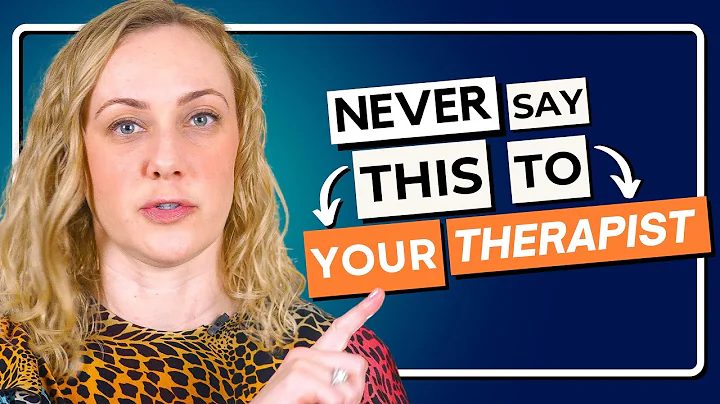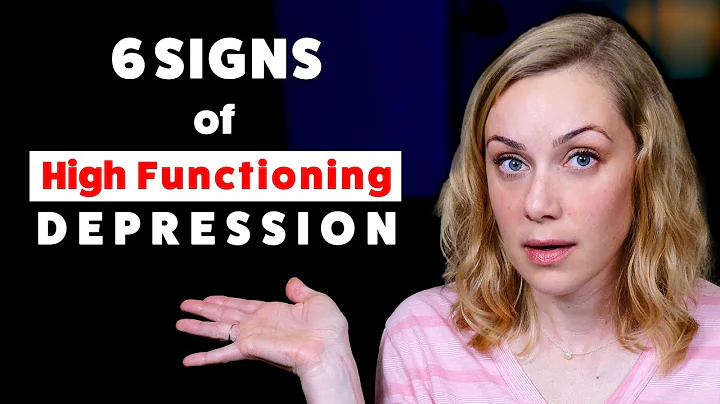Today continues to share cases of consumer psychology. Suppose you sell a smart rice cooker that costs 1,000 yuan. To increase sales, you plan to give customers a free bowl worth $50. You think your customers will be happy and significantly increase your rice cooker sales, only to find that the customers don't care. Why is this happening? Is it because I send too little? Actually, there isn't. You may have paid a lot of money, but the customer still feels too little. In the eyes of most customers, 50 yuan accounts for only 5% of the 1,000 yuan. What can this be considered? You think the activity is very powerful, but he feels too stingy. This is because in the minds of consumers, there is a common value judgment logic - proportional bias.

concept
proportional bias
Case analysis:
Same desk lamps are sold in store A for 100 yuan and in store B for 50 yuan. Many people are willing to spend 15 minutes to buy at B store because this can save 50 yuan. The same mobile phone is sold at Store A for 6,500 yuan and at Store B for 6,450 yuan. You can save 50 yuan by walking for 15 minutes, but many people are still willing to buy mobile phones in the A-store.
proportional bias means that in most cases changes in the price themselves should be considered, but people are more likely to consider changes in proportion or multiples, which means that people are more sensitive to the perception of proportion than they are about the numbers themselves.

Usage scenario
If you are a CEO, how do we use the "proportional deviation" in consumer psychology to sell your products? Today I will teach you a few methods.
The first one is called "change" .
For example, the smart rice cooker we mentioned earlier, you sell for 1,000 yuan, and you plan to give a 50 yuan bowl. You can try to replace the gift logic with the redemption logic. It can be said that if you spend 1,000 yuan to buy a smart rice cooker, you only need to add 1 yuan to exchange for a bowl worth 50 yuan. Compared with the previous logic, there seems to be no essential change, but there has been earth-shaking changes in consumers' perceptions. In the former case, the consumer will compare the 50-yuan bowl with the 1,000-yuan rice cooker. He thought it felt like a 95% discount. But in the second case, consumers will feel the joy of buying 50 yuan for 1 yuan, which will feel very cost-effective. I think you should now understand why many malls are so interested in exchange activities, and they actually capture your consumption psychology.
The second method is called "compare" .
If you are a computer salesman, you want to sell a 4G memory card, the unit price is 200 yuan. Customers may or may not buy it. If you tell him that a 4G memory computer is sold for 4,800 yuan here, while an 8G memory computer is only 5,000 yuan, he might think that the performance of this computer has doubled, and it only takes another 200 yuan, which is too cost-effective. Although the additional 4G memory costs 200 yuan, it gives customers a completely different feeling, which is the logic of proportional bias.

summary
Application model
First, during the promotion process, discounts on low-priced products can make consumers feel more favored, while high-priced products can make consumers like more by reducing prices.
Second, through the exchange method, consumers can pay more attention to small commodities with large price ratio changes, thus creating a very cost-effective feeling.
Third, compared with cheap goods sold separately, cheap goods are more likely to give consumers a sense of value.
Have you learned it?
Please think about a question: How is the iPhone series priced? Welcome to leave a message in the comment area to discuss with us.
If this video is helpful to you, please remember to have three consecutive one click!











